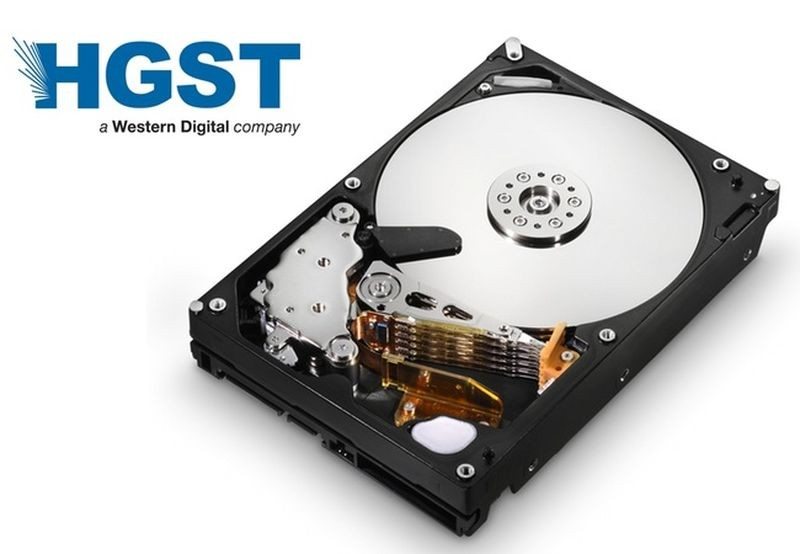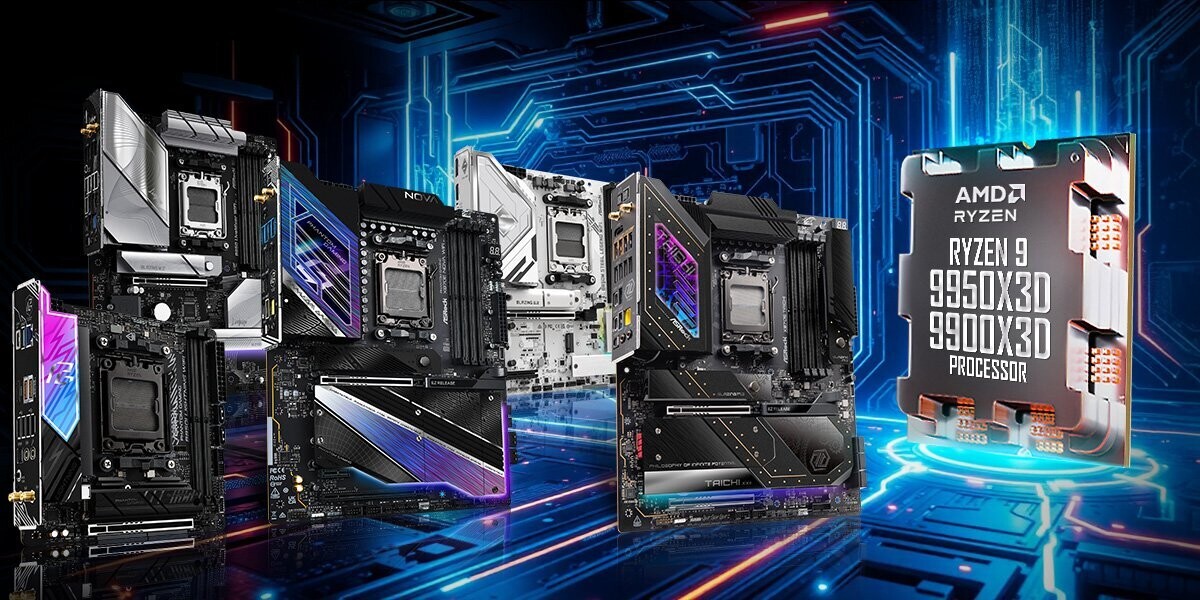The Event Horizon Telescope Will Use Helium Filled HGST Drives

We, as the human race, have accomplished quite a few impressive scientific things so far. We have been to the moon, we have vehicles driving around mars, and a probe that has left the solar system. We shouldn’t forget about the large hadron collider either, which discovered, or rather confirmed, the Higgs boson particle.
Another impressive project is the Event Horizon Telescope (EHT) project, a project with the goal to create the first image of a black hole boundary, also known as the event horizon, and it is the point at which the force of gravity is so great that even light cannot escape.
The Event Horizon Telescope isn’t one large one placed at a strategic location, or in space like Hubble, but rather a collaboration between 34 observatories and universities around the world. By using telescopes in 10 geographic locations around the world that record data at a rate of 64 Gbps. The petabytes of data will then be processed at a central location that effectively creates the largest radio dish possible from the Earth’s surface and it can resolve objects 2000 times finer than the Hubble Space Telescope.
As mentioned, such a project will create enormous amounts of data and that data has to be stored somehow. We are talking about petabytes of data here and that requires a special kind of storage. HGST announced that they will be responsible for that part, as the EHT project will be using their Helium filled HGST Ultrastar HelioSeal hard disk drives.
The hermetically sealed Ultrastar HDDs bring higher storage capacity along with lower power consumptions, which is a win-win in this situation. The helium-filled drives also work at a much higher altitude where normal air-filled drives would fail.
By bringing black holes into focus, the EHT will enable astronomers to study space-time in the most extreme environment in the universe.












